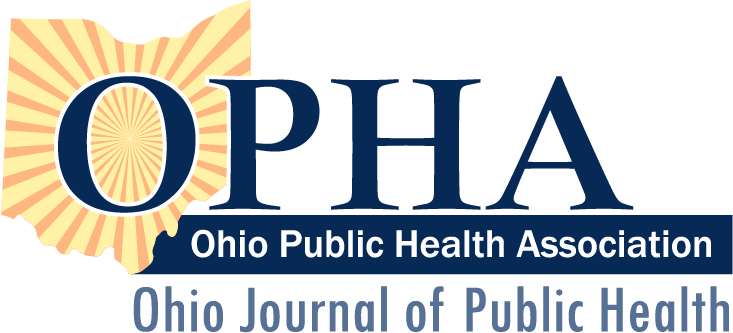COVID-19 and Mental Health in Ohio: Trends from 2017 to 2021
Abstract
Background: Mental health impairment (MHI) refers to a high threshold of mental health diagnosis, whereby individuals are unable to participate in work or other usual activities due to a mental health condition or emotional problem. This study aimed to estimate COVID-19-related trends and disparities in high MHI for Ohio adults throughout the COVID-19 pandemic. An additional goal was to identify modifiable factors associated with high MHI.
Methods: Analyses were conducted using data from the 2017, 2019, and 2021 Ohio Medicaid Assessment Survey (OMAS). This a repeated, cross-sectional random probability survey of noninstitutionalized adults assessing the health of residential Ohioans, with a concentration on Ohio’s Medicaid, potentially Medicaid eligible, and non-Medicaid populations.
Results: The prevalence of high MHI among Ohio adults rose between 2017 (6.4%) and 2021 (8.2%). This increase was particularly pronounced among Black and Hispanic individuals; 2021 also saw high MHI among young women. In adjusted analysis, indicators of low fiscal stability and having unmet health care needs were associated with greater prevalence of high MHI.
Conclusion: Pandemic-related mental health trends and disparities extended to those at the highest levels of mental illness severity and treatment need. Several modifiable factors could be targeted to potentially improve mental health symptoms and to be better prepared for the next public health crisis.
Keywords: COIVD-19, Mental health, Mental health impairment, Disparities, Ohio COVID-19 survey
How to Cite:
Roberts, M., Crane, D., Elliott-Dorans, L., Price-Spratlen, T., Albani, T., Sahr, T., Singer, J., Knudsen, K., Nau, M., Tosun, L. & Applegate, M., (2024) “COVID-19 and Mental Health in Ohio: Trends from 2017 to 2021”, Ohio Journal of Public Health 6(1), 1-7. doi: https://doi.org/10.18061/ojph.v6i1.9563
Rights: Megan E. Roberts, Dushka Crane, Lauren Elliott-Dorans, Townsand Price-Spratlen, Thomas Albani, Timothy R. Sahr, Jill M. Singer, Kraig Knudsen, Michael Nau, Leyla Tosun, Mary Applegate
Downloads
Download PDF
View
PDF
